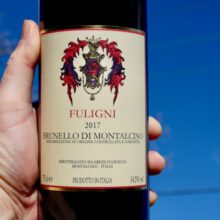
Product information
Fuligni Brunello di Montalcino MAGNUM 2017
$570
Description
The Fuligni 2017 Brunello di Montalcino is a beautiful wine, and it shines a much-deserved spotlight on one of the most consistent estates in Montalcino. It is bright and luminous with a dark ruby shine. The bouquet reveals deeply layered tones of red cherry, wild berry, rose, earth and candied violets. Give the wine an extra twirl or two, and you get some rosemary and lavender. Soft dusty mineral and limestone also appear. I’d definitely put this bottle on a short list of the most recommended bottles from the 2017 vintage.
Monica Larner, The Wine Advocate
Only 1 left in stock



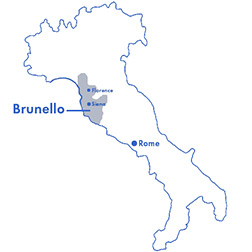
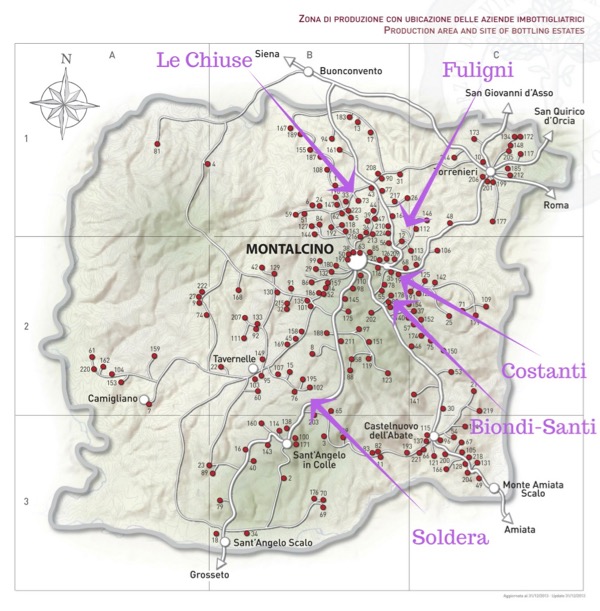
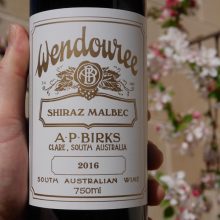
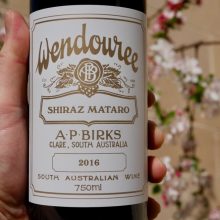
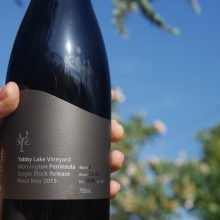
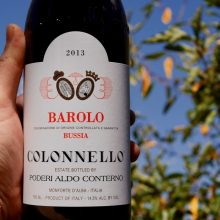
You must be logged in to post a comment.